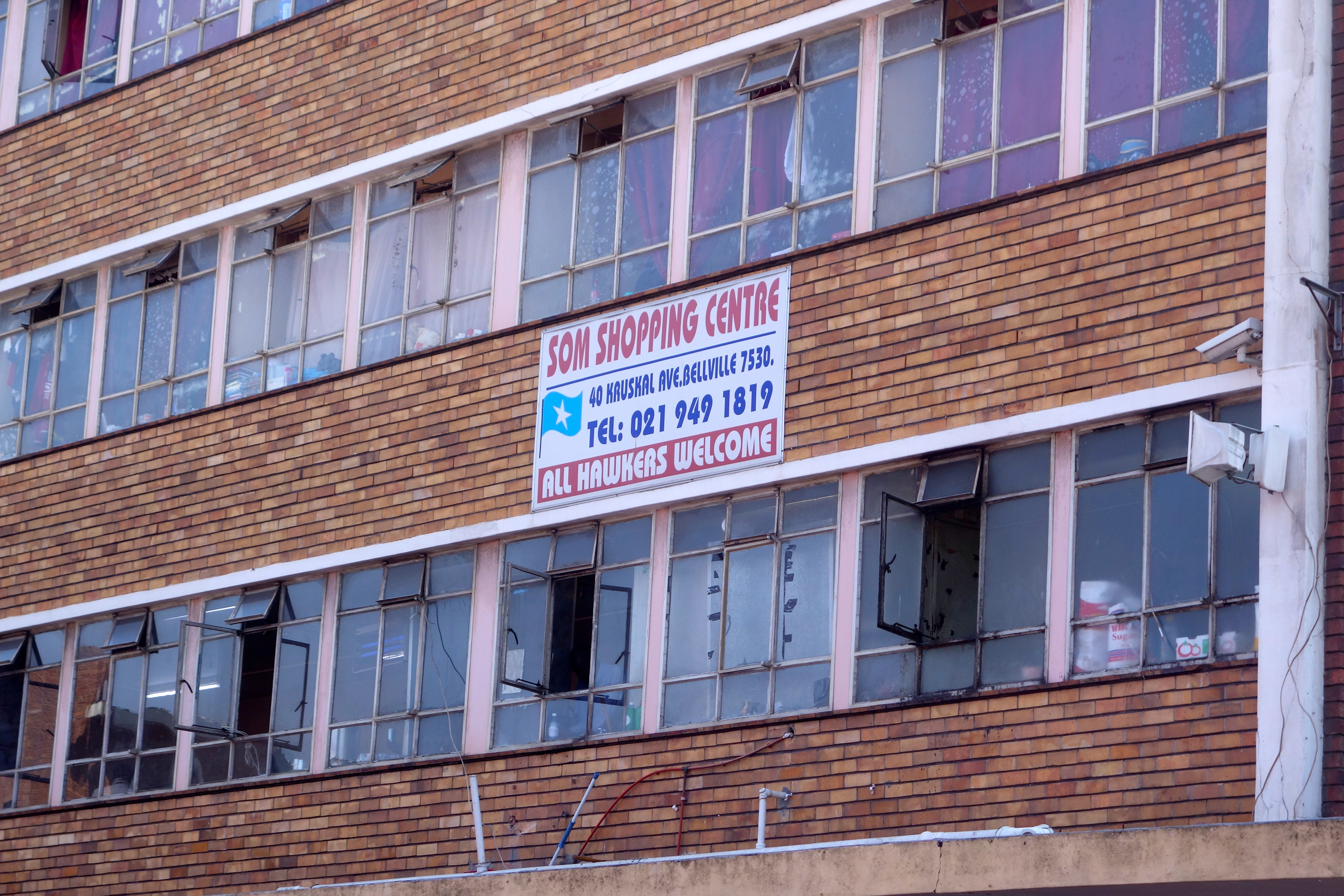The area continues to be a contested space in the city, and can be read within a wider urban ecology of exclusion. Wangui Kimari, “The story of a pump: Life, death and afterlives within an urban planning of ‘divide and rule’ in Nairobi, Kenya,” Urban Geography 42, no. 2 (2019): 1–20.
Interview with Mama Layla, 2018.
Interview with Mohammed, 2018; interview with Mama Layla, 2018.
Interview with Ahmed, 2015.
Aurelia Segatti and Loren B. Landau, eds., Contemporary Migration to South Africa: A Regional Development Issue (Washington, D.C.: International Bank for Reconstruction and Development/World Bank, 2011).
Interview with John, 2014; interview with Patel, 2014. See also Zara Nicholson, “Somalis Find a Safe Haven in Bellville,” IOL, May 11, 2011, ➝.
Interview with Ahmed, 2015.
Parin Dossa and Jelena Golubovic, “Reimagining Home in the Wake of Displacement,” Studies in Social Justice 13, no. 1 (2019): 171–186, 173.
Dominique Malaquais, “Douala/Johannesburg/New York: Cityscapes Imagined,” in Cities in Contemporary Africa, eds. Martin J. Murray and Garth A. Myers (London: Palgrave MacMillan, 2006), 31–52.
AbdouMaliq Simone, Improvised Lives: Rhythms of Endurance in an Urban South (Cambridge: Polity Press, 2018), 25.
English translation of Somali recording, July 13, 2014, Minnesota Oral History Project.
Homi K. Bhabha, The Location of Culture (London: Routledge, 1994), 289.
Katherine McKittrick, “On Plantations, Prisons, and a Black Sense of Place,” Social & Cultural Geography 12, no. 8 (2011): 947–963.
AbdouMaliq Simone, “Reclaiming Black Urbanism,” in City Life from Jakarta to Dakar: Movement at the Crossroads (New York: Routledge, 2010), 263–332.
Anooradha Siddiqi argues that taking seriously the refugee’s concerns and problematics requires an epistemic shift, while Elena Fiddian-Qasmiyeh points to the importance of understanding the refugee as not only and always a passive subject. See: Anooradha Siddiqi, “The University and the Camp,” Ardeth 6 (2020): 137–151; Elena Fiddian-Qasmiyeh, “Introduction,” in Refuge in a Moving World (London: University College London Press, 2020), 1–19.
See: Francis B. Nyamnjoh, “Globalisation, Boundaries and Livelihoods: Perspectives on Africa,” Identity Culture and Politics 5, nos. 1–2 (2004): 37–59, 44; Simone, Improvised Lives.
Anna Lowenhaupt Tsing, The Mushroom at the End of the World (Princeton: Princeton University Press, 2015), 22.
Hi‘ilei Julia Kawehipuaakahaopulani Hobart and Tamara Kneese, “Radical Care: Survival Strategies for Uncertain Times,” Social Text 142 (2020): 1–16, 2.
